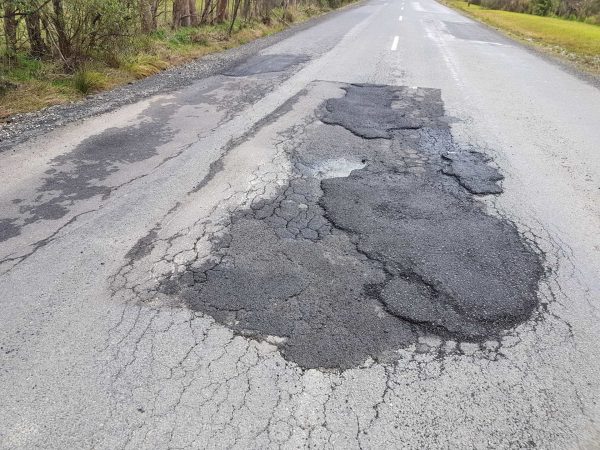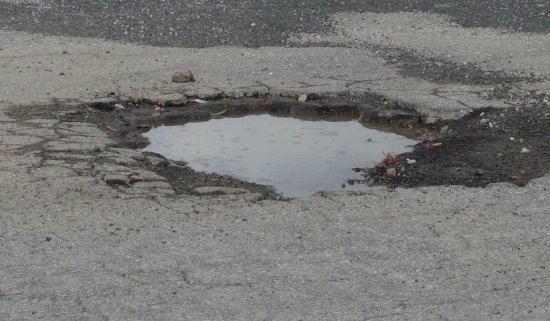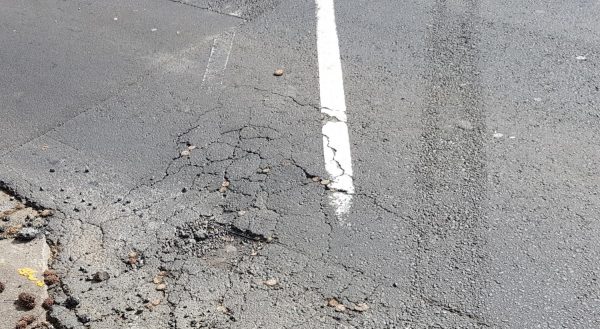We have millions of them – so many that councils can’t keep up – and they cause millions of dollars of damage a year to people’s wheels and tyres. But how does a pothole form?
It’s a very straightforward process that always involves water getting underneath the road surface. In areas where there is no freezing and thawing, water drains through cracks in the asphalt and weakens the substrate by washing out particles and consolidating or compacting areas. As vehicles drive over this area, which now has less support, the asphalt flexes and even more cracks appear. Eventually, the surface gets alligator cracking.

Once one of the chunks is dislodged, the pothole begins to grow quickly as the edges are broken by vehicle tyres which drag more of the material of the pothole onto the surrounding road.

The pothole gets deeper and wider until it’s noticed and fixed.
In the case where you have freezing and thawing, pothole growth is accelerated because the expansion and contraction of the water breaks up the road surface quicker.
Why do potholes form?
The tarmac or asphalt is not thick enough
Roading budgets tend to dictate that the absolute minimum thickness is used to achieve a reasonable road life, but this thickness can still vary and it’s not enough in some circumstances. As it’s not thick enough to withstand the weight of the traffic, it breaks up quickly.
Poor drainage
If water can’t drain away from the road and the substrate, it sits underneath the road surface, being squished around every time a vehicle’s wheel passes overhead. This accelerates the degradation.
Defects and cracks
Cracks due to road maintenance allow more water under the road surface than would usually be allowed if the road was properly sealed. Damage can also be done by vehicle crashes (e.g. gouges out of the surface), misuse (e.g. burnouts) and other fluids spilt on the road

Utilities
The edge of manhole covers is a weak spot where water can get in. Utility trenches are dug to fix pipes and services under the road and they aren’t always fixed well. Induction loops at traffic lights create other weaknesses where the asphalt is cut.

Potholes on unsealed roads
Potholes also form on roads which are gravel or dirt due to a depression which collects water and doesn’t dry out as quickly, weakening the road surface. The water suspends particles which are splashed out and the soft mud is carried on vehicle tyres.
What accelerates pothole formation?
Heavy vehicles create more damage and contribute to pothole growth more than cars because their additional weight flexes the tarmac more.
Frequent frosts and thawing creates more fractures in the tarmac.
A poorly laid or thin substrate beneath the tarmac won’t last as long as a well-compacted, thick substrate.
Extremely hot weather can cause tar bleed which accelerates the degradation as aggregate from the road surface is dislodged.
Any damage to the road surface will increase the likelihood of a pothole forming, for example, something falling off a trailer, a vehicle running on its rim after a puncture or a motorist pouring diesel on the road and doing a burnout or drifting.
Heavy braking or accelerating will accelerate road wear. Sometimes this happens on the approach and exit of pedestrian crossings.

